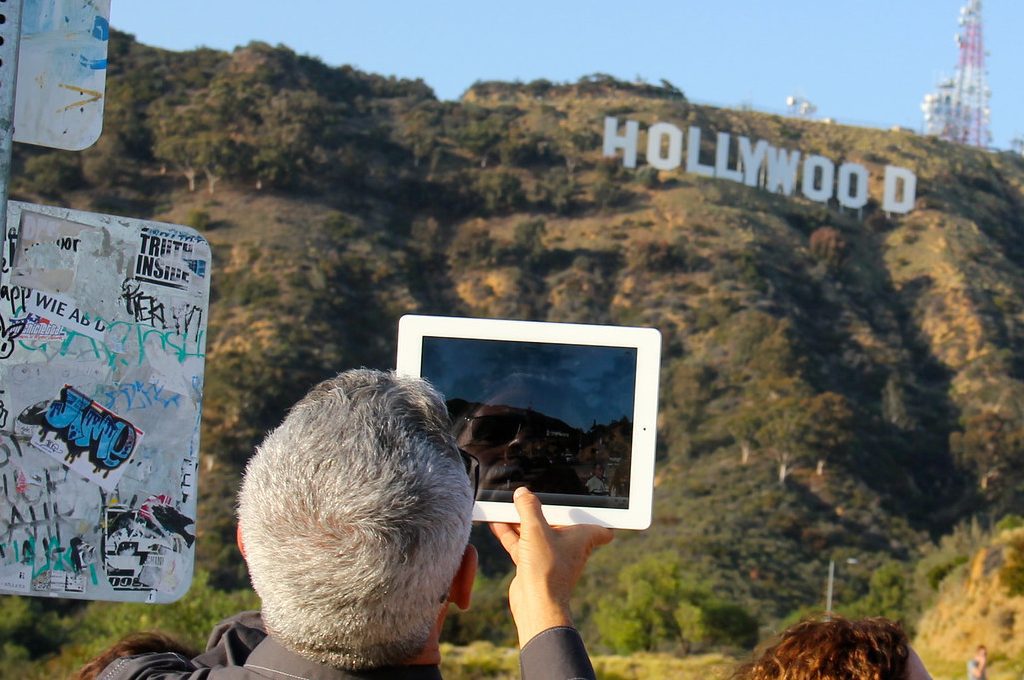Skift Take
As lucrative as the U.S. reopening to fully vaccinated international visitors stands to be for many companies in the travel industry, others are still deeply damaged so much to be properly prepared for the influx.
Ever since the United States announced it was reopening to fully vaccinated international air travelers, tour operators have amped up their preparations to take advantage of the large number of prospective guests booking flights to the U.S., especially after November 8 was unveiled as the exact reopening date.
But despite that surge in flights booked to the U.S., several tour operator executives are greatly concerned about the future of their sector, which was decimated by pandemic travel restrictions preventing overseas visitors they depended on. Many inbound tour operators — which sell U.S. travel products to international buyers such as travel agents and tour wholesalers — are fighting for their survival after largely being deprived of income for close to 20 months.
Even with his new glimmer of hope, operators are still dealing with staff shortages that have left them unable to operate their businesses fully, including the crucial marketing of their offerings.
“A lot of companies have a great deal of work to recoup business,” said Peter van Berkel, the chairman of the International Inbound Travel Association, an nonprofit organization that represents, among others, U.S. inbound tour operators, destination marketing organizations and restaurants. “It will take a long time before business comes back to (pre-Covid) levels.”
Business for U.S. inbound tour operators — which the IITA defines as companies that derive the majority of their revenue from international travel to the country — has decreased 90 percent since the start of the pandemic. That downturn was driven by international inbound travel to the U.S. falling 91 percent between the second quarter of 2020 and the year’s end, compared to the same period in 2019.
The IITA also predicts U.S. inbound tour operators won’t see any meaningful revenue until the spring of next year. While the restaurant and aviation industries received enormous financial support from the federal government, van Berkel believes tour operators and travel advisors received limited aid — aside from the Paycheck Protection Program, loans the U.S. Small Business Administration issued to help small businesses keep their workers on payroll. The IITA estimates that 98 percent of U.S. travel agencies and tour operators classify as small businesses.
“Companies have had to go into enormous cost cutting modes, but have had to balance that with being prepared to be able to jump again once the markets are reopening,” said van Berkel, who also serves as president of Travalco, a Florida-based company that assists European tour operators in running their U.S. excursions.
He’s unsure about how many tour operators have shut down to the pandemic. But “many of these companies were forced into hibernation,” he said, adding that a large number of tour operators had to lay off much, if not all, of their staff due to a lack of revenue.
And that lack of staff is making marketing travel products enormously difficult. “(Even) if you don’t have a product to sell, hotel contracts, dates set up, or programs loaded into your website or reservation system, you (can) still exist. But you are not even able to take advantage of the fact traffic is coming back,” van Berkel said.
So what steps can such companies who are currently struggling take to ensure their survival, especially if they don’t attract the number of guests they hoped for after the reopening? Gloria Lan recommends tour operators take a flexible approach, especially in targeting certain markets. “If one country does not work, we will jump to another,” said the IITA board member and CEO of TourAmerica, a company that focuses largely on Asian markets. “And we would also try to change our business and product mode just to go with the market trend. Or where the money is.”
For those inbound tour operators battered by border closures, will the lifting of travel restrictions solve the problems they’ve faced? “I don’t think it is a complete panacea,” said Lan, who added that while many smaller companies can’t survive, other owners of such businesses are networking and attending trade shows. But she believes the guidelines established by the White House for the reopening provide prospective overseas guests peace of mind when coming to the U.S.
Meanwhile, van Berkel still has numerous concerns for inbound tour operators despite his relief about the U.S. soon being able to welcome international visitors. One major issue he sees is the backlog in processing visa applications at some U.S. embassies and consulates for prospective guests who don’t come from visa waiver countries, which he considers an unintended travel ban for travelers from some nations until the backlog is taken care of.
Furthermore, some countries require travelers to take a PCR test prior to coming home from the U.S., which van Berkel believes can be difficult for some people to obtain in addition to being expensive. “Until the PCR test requirements are dropped, the floodgates won’t open,” he said.
In any case, van Berkel believes the travel industry has its work cut out for itself. “We all have to do more with less,” he said as travel is grappling with a brain drain due to many people being forced into other industries. “The U.S. has never been an inexpensive destination, and we have to be very careful that we as a destination are delivering a superior product. If we are charging high rates and (providing) low service, that’s not sustainable long term.”
The Daily Newsletter
Our daily coverage of the global travel industry. Written by editors and analysts from across Skift’s brands.
Have a confidential tip for Skift? Get in touch
Tags: reopening, reopening travel, tour operators, tourism
Photo credit: It's how many tour operators will be able to take advantage of the U.S. reopening to international visitors. daveynin / Flickr
